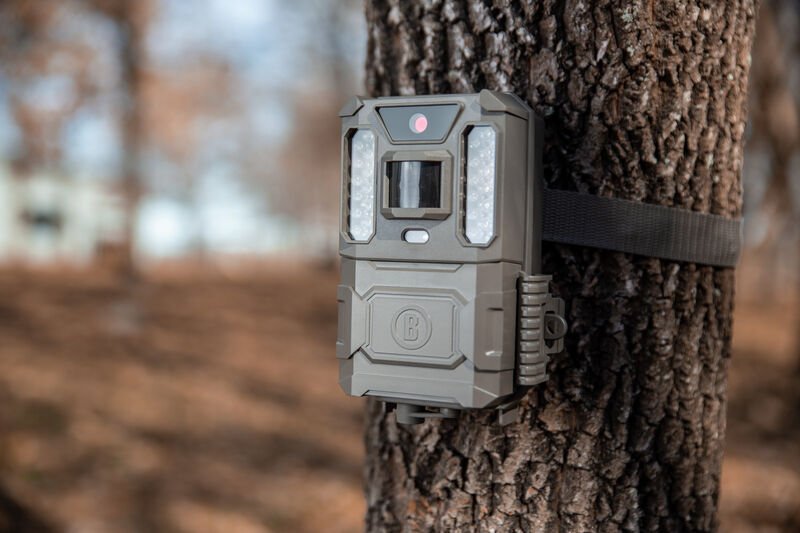Choosing the perfect trail camera can make a significant difference in capturing wildlife or monitoring your property. With so many options on the market, selecting the right one might seem overwhelming. This guide will walk you through the essential features to consider and provide tips to ensure you make the best choice for your needs.
1. Understand Your Needs
Before diving into the technical specifications, it’s crucial to determine your primary purpose for the trail camera. Are you using it for wildlife observation, security purposes, or both? Understanding your needs will guide you in choosing the most suitable trail camera features.
- Wildlife Observation: Look for cameras with high-resolution image quality, fast trigger speeds, and a reliable detection range.
- Security Monitoring: Opt for cameras with robust night vision capabilities, cellular or WiFi connectivity, and motion detection alerts.
2. Image Quality and Resolution
Resolution determines the clarity of the images captured by your trail camera. Higher resolution means more detail, which is especially important if you need to identify specific animals or capture detailed evidence.
- Low Resolution (Below 5MP): Suitable for basic use and general monitoring.
- Medium Resolution (5MP to 12MP): Ideal for wildlife observation and detailed image capture.
- High Resolution (Above 12MP): Best for capturing high-quality images and close-up details.
Tip: For the best results, choose a trail camera with at least 8MP resolution.
3. Detection Range and Trigger Speed
The detection range is the distance within which the camera can detect movement. This feature is vital for ensuring the camera captures images of animals or intruders effectively.
- Detection Range: Typically ranges from 30 to 100 feet. Choose a range that suits your monitoring area.
- Trigger Speed: This is the time it takes for the camera to capture an image after detecting motion. Faster trigger speeds (less than 0.5 seconds) are better for capturing quick movements.
Tip: A camera with a fast trigger speed and a broad detection range will give you the best chance of capturing detailed and timely images.
4. Night Vision Capabilities
For monitoring wildlife or security at night, night vision is crucial. Trail cameras generally use two types of night vision technology:
- Infrared (IR) LEDs: These provide a black-and-white image in low light and are less likely to scare away animals.
- No-Glow LEDs: These are completely invisible to the human eye, making them ideal for security purposes where stealth is important.
Tip: Choose a camera with no-glow LEDs if you need to avoid detection, or standard IR if you’re focused on wildlife.
5. Battery Life and Power Source
Battery life is a critical factor, especially if you plan to set up your camera in remote areas. Cameras typically run on AA batteries or rechargeable lithium batteries.
- AA Batteries: Convenient but may require frequent changes, especially in colder weather.
- Rechargeable Lithium Batteries: Offer longer battery life and are more efficient but may have a higher upfront cost.
Tip: Consider a trail camera with a solar panel or an external battery pack for extended monitoring periods.
6. Connectivity Options
Modern trail cameras come with various connectivity options that make it easier to access and manage your photos:
- Cellular: Allows you to receive images via text or email directly to your phone or computer. Ideal for remote locations where regular visits aren’t possible.
- WiFi: Enables you to connect to your home network and access images through an app or web interface.
- Bluetooth: Provides a way to transfer images wirelessly to your smartphone when within range.
Tip: For the most convenience and advanced features, consider upgrading to a top-rated cellular trail camera for 2024.
7. Durability and Weather Resistance
A trail camera must withstand various weather conditions and outdoor elements. Look for a camera that is weather-resistant and built with durable materials to ensure it operates reliably in all conditions.
Tip: Check for features like water resistance, temperature range, and rugged construction to ensure longevity and performance.
8. Additional Features
Many trail cameras come with extra features that enhance functionality:
- Time-Lapse Mode: Captures images at set intervals, useful for observing patterns over time.
- Video Recording: Provides motion-activated video clips for a more detailed view of the action.
- SD Card Storage: Ensure the camera supports high-capacity SD cards for ample storage.
Tip: Choose a camera with additional features that match your specific monitoring needs and preferences.
Conclusion
Selecting the right trail camera involves understanding your needs, evaluating essential features, and considering additional functionalities that enhance performance. Explore GardePro for a range of top-notch trail cameras, including cellular, WiFi, and Bluetooth options. Find great deals and read reviews to make an informed decision. Upgrade to the best-rated cellular trail camera for 2024 and enjoy advanced features and unbeatable reliability.
Shop now for the perfect trail camera and elevate your monitoring capabilities!
Visit GardePro for more information and to browse our selection.
